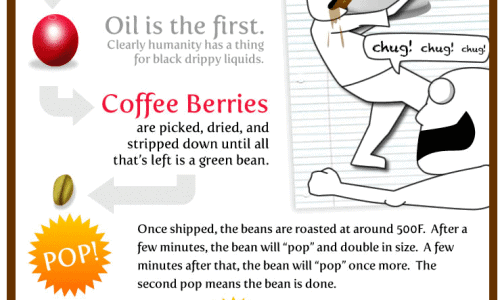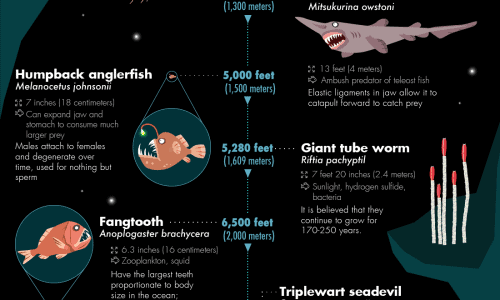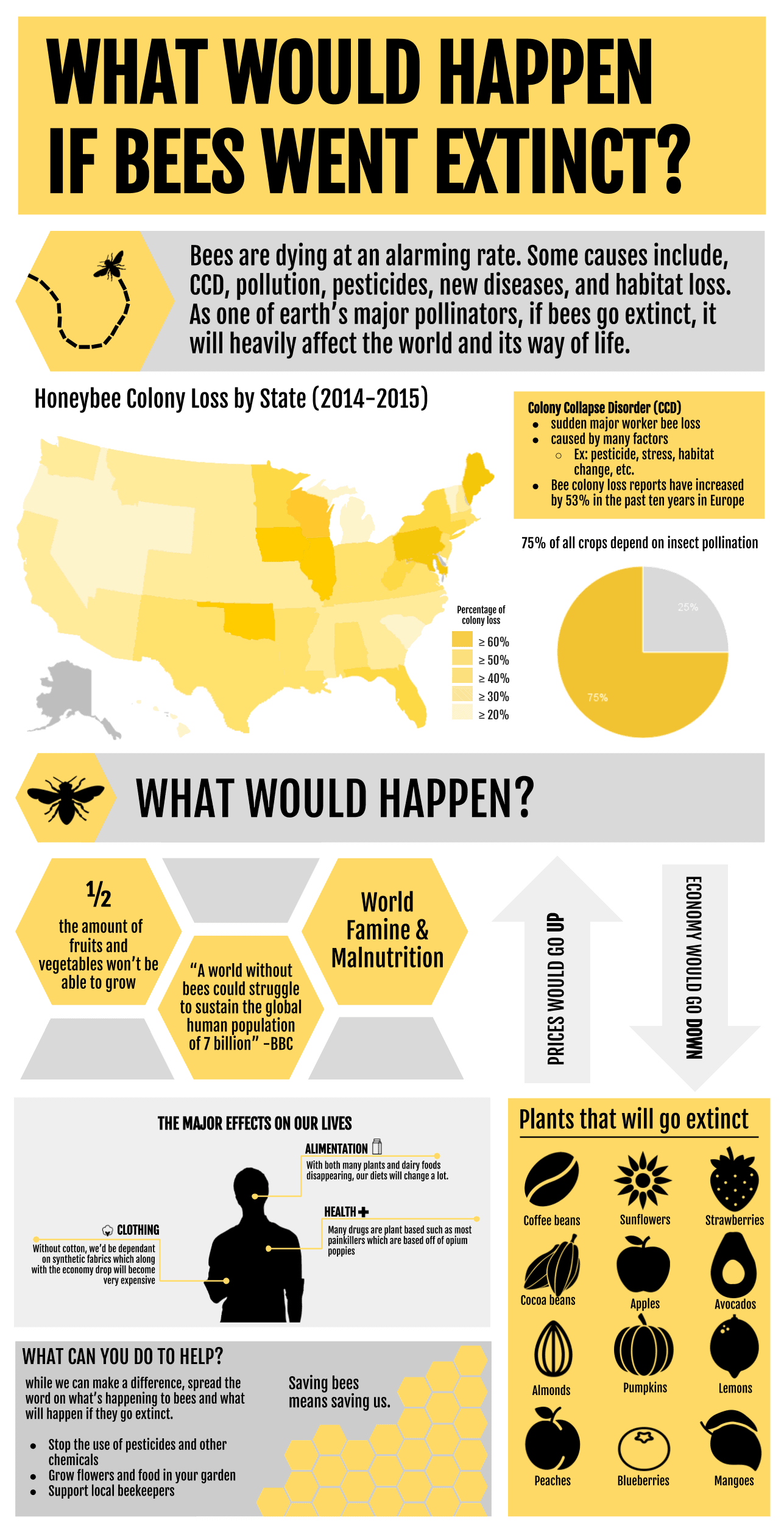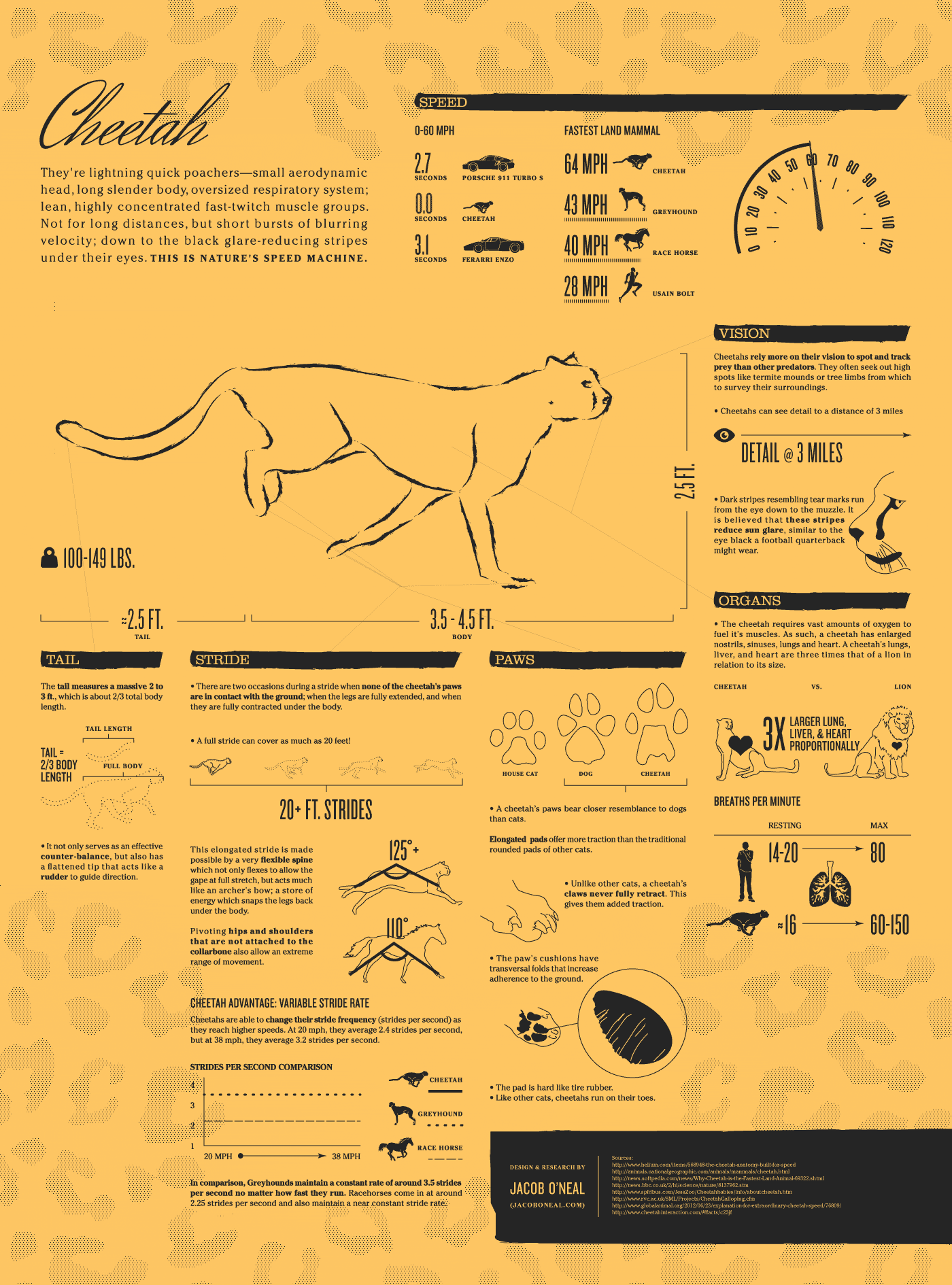
Plastic is so ubiquitous in our daily lives and activities that we rarely hold a second thought about it. Went to buy some groceries? Here’s a plastic bag. Did you buy something new? It’s all wrapped in plastic. Bought some food to-go? Here’s a bunch of disposable plastic utensils. Are you buying any kind of liquid? You can bet it’s coming in a plastic container!
We’ve heard this many times: we’re sinking in trash. There is just too much plastic being wasted out there, and even though some of us can feel some comfort by cutting our plastic use, or by recycling on a regular basis, the sad truth is that it is not nearly enough.
The problem of having our entire planet being used as a dumpster for all kinds of plastics is twofold. On one side, plastics tend to take several years to decompose. On the other hand—as seen on this chart—when they do decompose, they go back into the substances they’re composed of, and it ends up in our air, our water, and even directly into our foods—as in the case of polystyrene.
So, please, have a look at this chart and get to know the 7 most common (and toxic) culprits. While there are a couple of them that are mostly harmless and fairly easier to recycle, the rest are the precise type of plastic that ends up littered everywhere, and why we should find a way to discard them for good.





